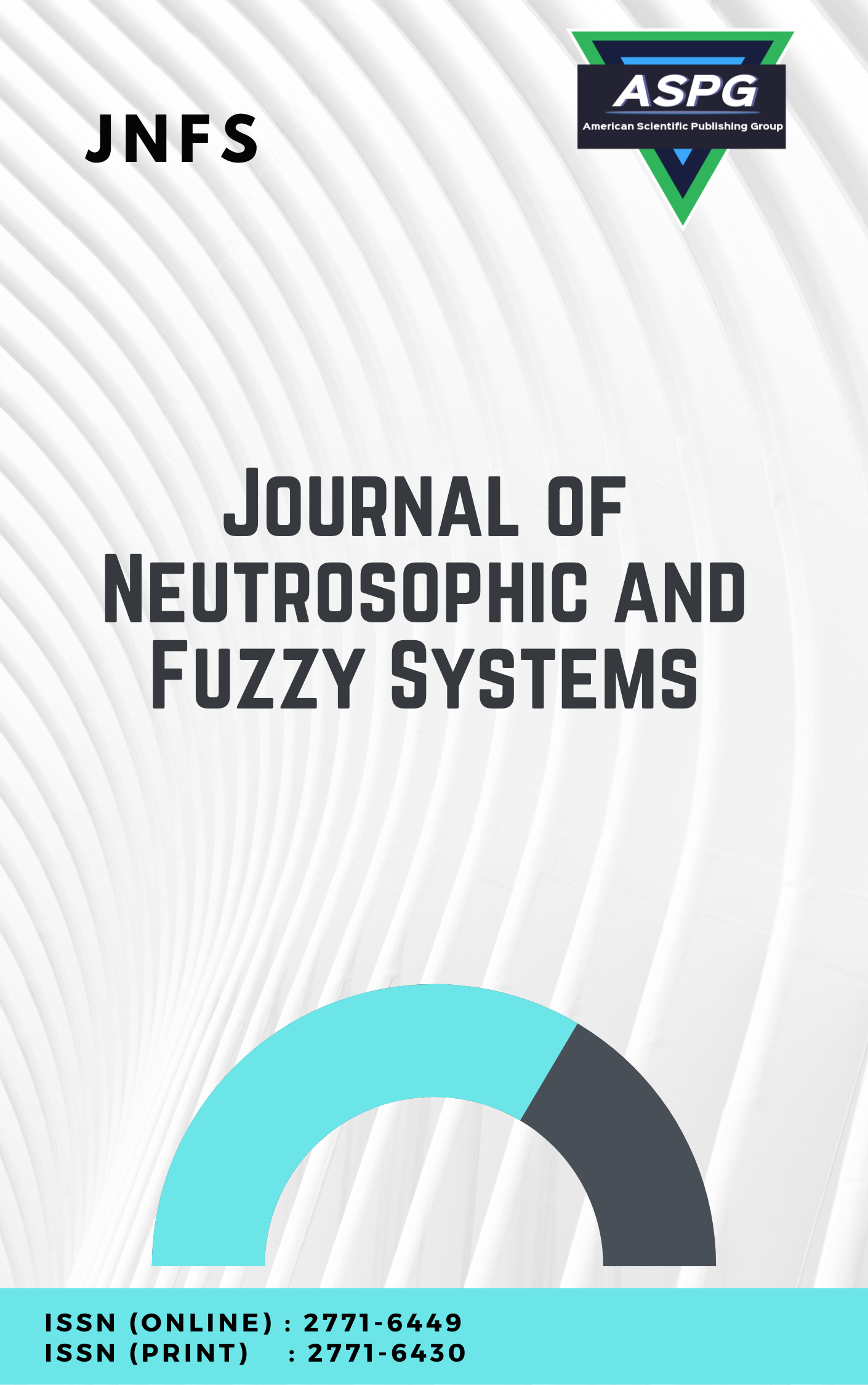

Volume 8 , Issue 1 , PP: 08-17, 2024 | Cite this article as | XML | Html | PDF | Full Length Article
Prem Kumar Singh 1 *
Doi: https://doi.org/10.54216/JNFS.080101
In this paper the author will illustrate some basic mathematics about π and its computation in comparison of both Indian Knowledge System as well as others. Same time the infinite series computation and its application is discussed with a pseudo code for decision making process. It is believed that this computation will be helpful for early career researcher for various applications of pie in knowledge processing tasks.
Decision making , Indian Knowledge System , Knowledge representation , Mathematics , Turiyam
[1] R. Roy (1990) The discovery of the series formula for π by Leibniz, Gregory and Nilakantha, Math. Mag. 63.
[2] Singh, P. K. (2022). A note on basic proof of some famous mathematical theorem and its illustration. J Neutrosophic Fuzzy Syst, 3(1), 39-53.
[3] Bag, Amulya Kumar (1976).Madhava's sine and cosine series. Indian Journal of History of Science. 11 (1): 54–57
[4] Raju CK. (2007). Cultural Foundations of Mathematics: The nature of mathematical proof and the transmission of the calculus from India to Europe in the 16th c. CE. Pearson Longman. ISBN 978-81-317-0871-2.
[5] Burgess, E. (1860). The Surya Siddhanta: A Text-Book Of Hindu Astronomy, Motilal Banarsidass Publishers Private Limited, New Delhi, Reprinted 1997.
[6] Sen, S.N. and Bag, A.K. (1983). The Sulbasutras, Indian National Science Academy, New Delhi
[7] Henderson, D.W. (2000). Square roots in the Sulba Sutra, In C.A. Gorini (ed.) Geometry at Work: Papers in Applied Geometry, MAA Notes Number 53, pp. 39–45.
[8] Singh P. K. (2023) Mathematical Concept Exploration Using Turiyam Cognition, Galoitica: Journal of Mathematical Structures and Applications, Vol. 9 , No. 1 , Oct 2023, pp. 08-22
[9] Playfair, J.J. (1789). Remarks on the astronomy of the brahmins, Transactions of the Royal Society of Edinburgh, 2, Part 1, pp. 135–192
[10] Burrow, R. (1790). A proof that the Hindoos had the binomial theorem, Asiatik Researches, 2, pp. 487–497.
[11] Tavernier, J.-B. (1889). Travels in India, Vol. 2, English Translation, Cambridge University Press, Cambridge.
[12] Datta, B. (1927). Early history of the arithmetic of zero and infinity in India, Bulletin of the Calcutta Mathematical Society, 18, pp. 165–176. Datta, B. (1932). The Science of the Sulbas. A Study in Early Hindu Geometry, Calcutta University Press, Calcutta.
[13] Datta, B. and Singh, A.N. (1938). History of Hindu Mathematics, Vol. 2: Algebra, Lahore; Reprint 1962, Asia Publishing House, Mumbai.
[14] Briggs, R. (1985). Knowledge representation in sanskrit and artificial intelligence, AI Magazine, 6, pp. 22–38.
[15] Joseph, G. G. (2010). The crest of the peacock: Non-European roots of mathematics. Princeton University Press.
[16] Rosenfeld, B.A. (1990). Al-Khw¯arizm¯ı and Indian Science, In W.H. Abdi et al. (ed.) Interaction between Indian and Central Asian Science and Technology in Medieval Times, Indian National Science Academy, New Delhi, Vol. I, pp. 132–139.
[17] Rajagopal, C.T. and Aiyar, T.V.V. (1951). On the Hindu Proof of Gregory’s Series, Scripta Mathematica, 17, pp. 65–74.
[18] Frederic G. Kenyon (1899) Palaeography of Greek papyri (Oxford, Clarendon Press, 1899).
[19] Mallayya, V.M. (2004). An interesting algorithm for computation of sine tables of sine tables from the Golasara of Nilakantha, Ganita Bharati, 26, pp. 40–55.
[20] Jesseph, D.M. (1999). Squaring the Circle: The War Between Hobbes And Wallis, University of Chicago Press, Chicago
[21] Mantel, N. (1953). An extension of the Buffon needle problem. The Annals of Mathematical Statistics, 24(4), 674-677.